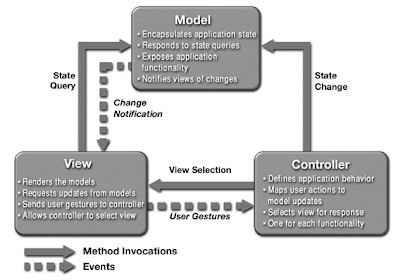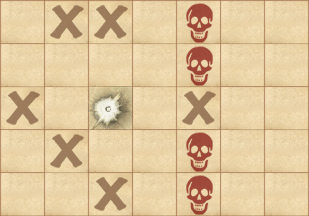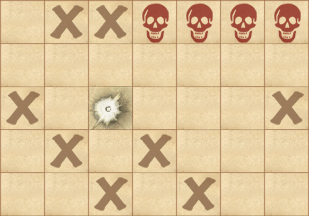Unless you're fortunate enough to work for a top tier software development company, like Google, Microsoft, or Apple, you've probably experienced first hand the huge skill disparities in your fellow programmers. I'm betting you've also wondered more than once why some of your coworkers can't, well, program. Even if that's what their job description says.
Over the last twenty years, I've worked with far too many programmers who honestly had no business being paid to be a programmer. Now, I'm not talking about your average programmer here. We're all human, and we all make mistakes. I'm talking about the Daily WTF crew. People that actively give programming a bad name, and you, as their coworker, a constant headache.
On the other hand, I would not go as far as Jeff when he states:
So if a programmer ever hints, even in passing, that they might possibly want to exit the field -- they probably should.
Some of the most talented people I know have had thoughts like this once in a while. And the reason was mainly one of two things: Horrible management mistakes or incompetent co-workers (or even worse, both).
Which brings us back to Jeff's original argument: Most programmers don't know how to program. And not only does that screw the associated work of the highly-skilled folks, it kills their motivation too.
If just more bozos would decide to leave the field, well - problem solved! Unfortunately they don't. As they are missing one of the most importat qualifications for this job, namely a healthy bit of self-reflection and the drive to improve, it's quite unlikely most of them have even noticed their deficiencies yet.
I was tempted to start another long rambling article on this whole topic, but instead of repeating myself let me just shortly refer to several of my older postings:
- Top Ten List Of Programming Perversions
- The Fallacy Of Cheap Programmers
- Handling The Bozo Invasion
- Hire The Right People
- Why Can't Programmers... Program?
Robin Sharp writes:
A lot of research on programmer productivity shows that the best programmers are up to 20 times more productive than the worst programmers. If the income differential between the best and worst programmers is even 5 times, it means employers are getting incredible value for money hiring the best programmers.
Why then don't companies hire a few very good programmers and leave the rest flipping Big Macs? There is one very good reason: the psychology of managers. Managers simply can't believe that one programmer can be as productive as 3, let alone 5 or even 20 times. Managers believe that productivity is a management issue.
They believe that simply by re-organising their human resources it is they who can gain leaps in productivity, and reap the rewards. But the reality of management, as we all know, is that most projects are late and over budget.
And from Jeff's older articles (Why Can't Programmers.. Program?, Skill Disparities in Programming):
In programming specifically, many studies have shown order of magnitude differences in the quality of the programs written, the sizes of the programs written, and the productivity of the programmers. [...] They studied professional programmers with an average of 7 years' experience and found that the ratio of intitial coding time between the best and worst programmers was about 20:1; the ratio of debugging times over 25:1; of program sizes 5:1; and of program execution speed about 10:1.
Unless you truly enjoy programming you should seek another profession. Be realistic: are you programming to collect a paycheck, or are you programming because you are driven to? I know this sounds harsh, but it's an economic reality-- in an enviroment of global offshoring, the world simply can't support any more highly paid mediocre coders. There are a hundred thousand well educated Indian developers who will do what you do at a fraction of the price, and thousands more coming of age in other third world countries. Blame the Internet if you want, but just being "good with computers" is no longer a free ticket to a high paying tech job.
Finally, here is a very good quote from the comment section on Jeff's site:
Actually most programmers are bad programmers. No really, they are. The problem is that everyone can be a programmer. This isn't true for other jobs. Not everyone can work as a lawyer or doctor for example. However nobody forbids you to work as a programmer, you don't need a special license, there is no mandatory education either. If a company hires you as a coder, no matter if you ever had any education on this matter or not, you work as a coder; period. And this itself is not even bad. Some of the best coders on earth never had any education in computer science, still they are brilliant coders. However, many people had no education and are just horrible coders.














